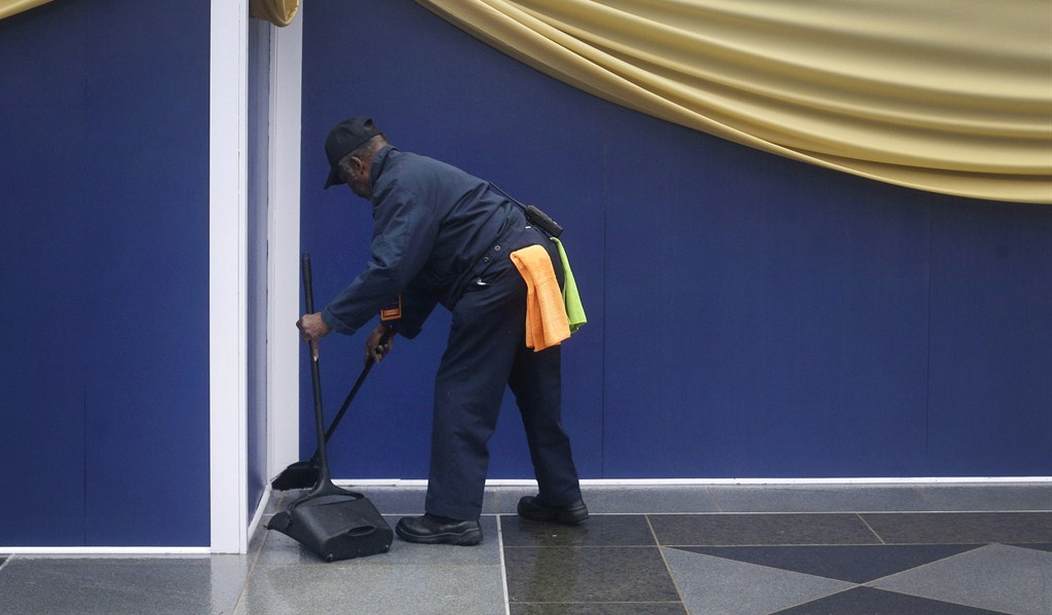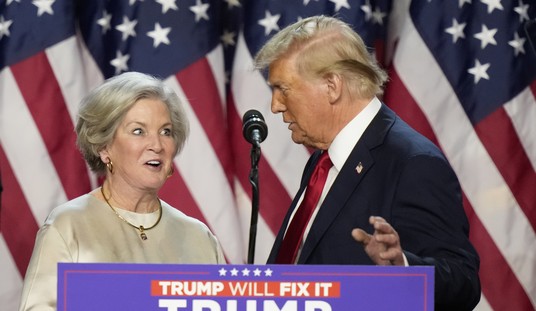This week marks our nation's observance of Labor Day. For many, this is the mark of the transition from summer to fall. Schools begin, and football transitions from pre-season to regular season. For those of us raised in the South, Labor Day also represents the time to store your white shoes and handbags and to pull out fall clothes.
However, Labor Day was first instituted as a celebration of the workingman and in recognition of the labor movement. The nation's first Labor Day event was held on Sept. 5, 1882, in New York City, where more than 10,000 people took an unpaid day from work and marched from City Hall to Union Square in a visual display of the might of the American worker.
The working conditions of the late 19th century were very different from those of today. As the economy transitioned from agrarian to industrialized, workers had little control over their job conditions. Industrial workers often worked 12 hours a day, six or seven days a week just to get by (72 to 84 hours per week). Young children often worked in dangerous industrial jobs. This environment led to the labor movement and a demand for better conditions and better pay.
With the growth of the labor movement, the idea and observance of Labor Day grew rapidly, spreading from New York to other cities and states. Oregon was the first state to pass an official observance of Labor Day, in 1887. Other states rapidly followed, with 24 states passing laws by 1894. That year, Congress passed a bill declaring the first Monday of September to be Labor Day.
Recommended
This leads to the question of why do we work? For money, to contribute to society and, possibly, to create something that is useful to another human being. While we often focus first and foremost on making money, good work might be defined as creating a good, or being of service, thereby providing value to others.
These days, the Labor Day holiday, rather than celebrating work and labor, appears to be a celebration of American consumerism and retail. Labor Day sales and promotion of consumption are visible throughout all media outlets. It is easy to get caught up in the sales of the moment and forget about the people and process that brought the goods and services to market.
This shift is also reflected in our labor rates. America was built on hard work and the belief that hard work brings progress. For decades, the percent of people who participated in the labor force (those working or looking for work) grew, from 58 percent in 1947, to a high of 67.1 percent in 2000. Since then, the labor for participation rate has dropped to 63.2 percent in 2013. If our participation rate had remained constant at 67.1 percent, we would have an additional 9.5 million people in our workforce.
Of course, if more people joined the work force, some of these would become employed, some would create new jobs, and some would remain unemployed. While our unemployment rate might rise, more actual people would be working, creating value and adding fuel to our economy.
This year, as part of your Labor Day observance, remember that hard work is to be respected and appreciated, and that the underlying purpose of work is to provide value to others. Be impressed not with a fancy title or corner office, but with the outcome of a person's work. And remember to thank those who provide the goods and services that make your life better.
























Join the conversation as a VIP Member